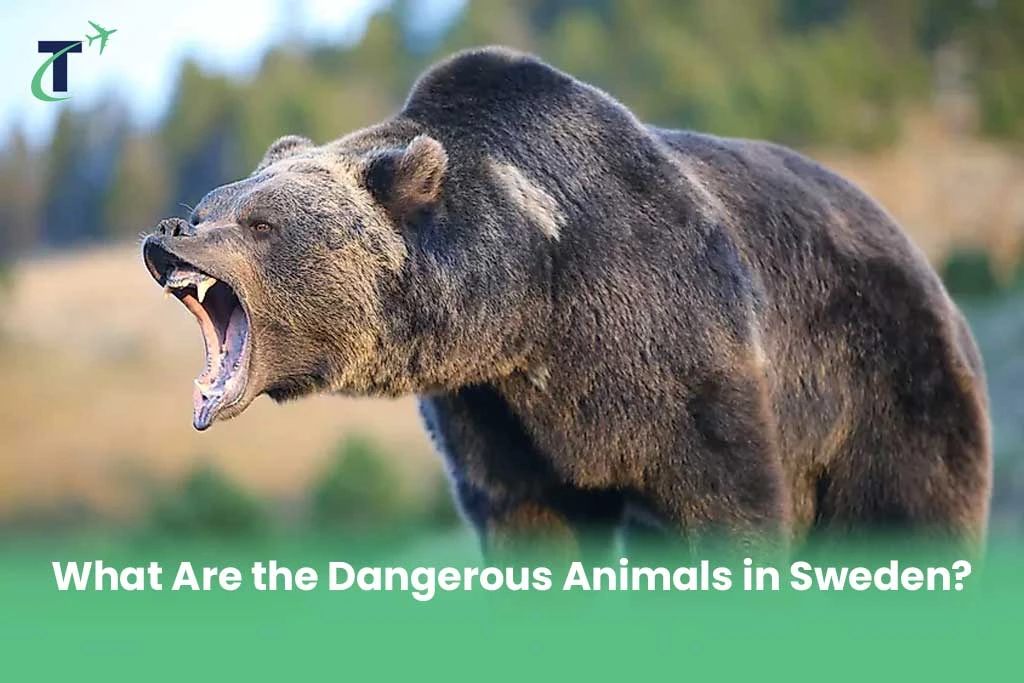Sweden, a stunning northern European country, is known for its breathtaking landscapes and low population density.
As you explore the expansive forests of Sweden, a thrilling feeling of liberation surrounds you.
Yet, within this stunning scenery, there’s a secret peril—a place where some of Europe’s most powerful predators wander freely.
Dangerous Animals in Sweden
Imagine the thrill of encountering these powerful creatures; seeing nature’s most formidable protectors up close can be genuinely breathtaking.
However, it’s essential to be cautious! One wrong move or a moment of inattentiveness and your peaceful hike can quickly become dangerous.
In this guide, we explore the dangerous animals of Sweden that can sometimes act wild. Let’s discover the fascinating creatures living in the country’s untamed parts.
more articles : Best Areas to Live in Gothenburg, Sweden
(+7) Most dangerous animals in Sweden
You rarely come across dangerous animals in Sweden. However, there are some animals you should be careful around:
· Eurasian Lynx
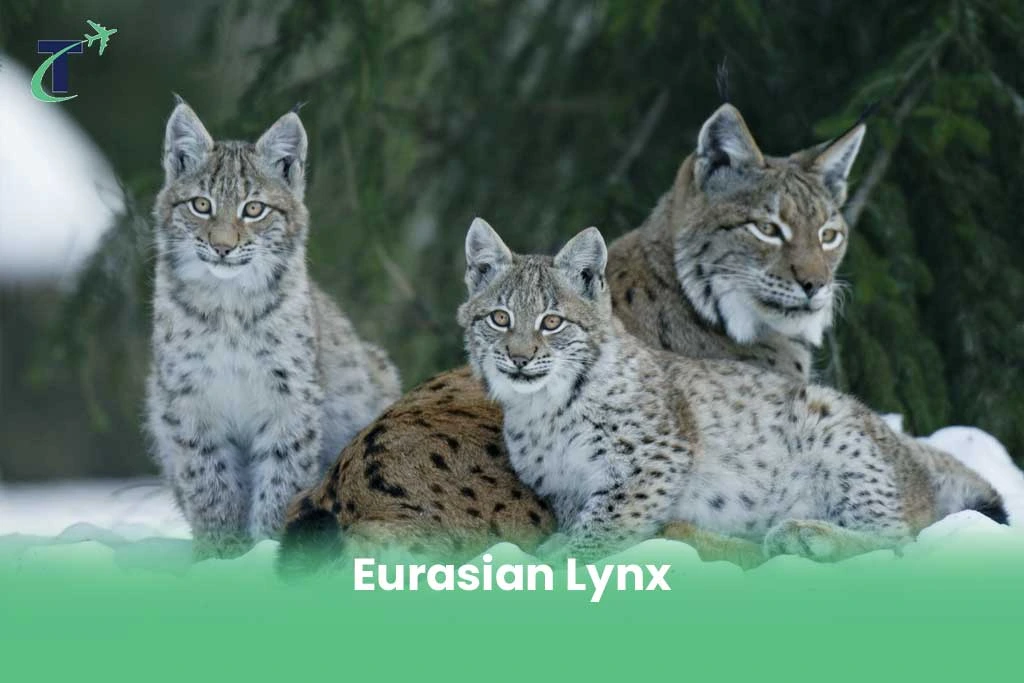
The first dangerous animal in Sweden is the Eurasian Lynx, the giant predatory cat in Europe that can be found in remote forested areas of Sweden.
These majestic creatures have a solitary nature and are skilled hunters.
While they usually avoid human contact, they may react defensively if threatened or cornered.
Always respect their space; if you like watching them, observe from a safe distance. If you encounter a lynx, maintain calmness, back away slowly, and avoid sudden movements.
· Brown Bear
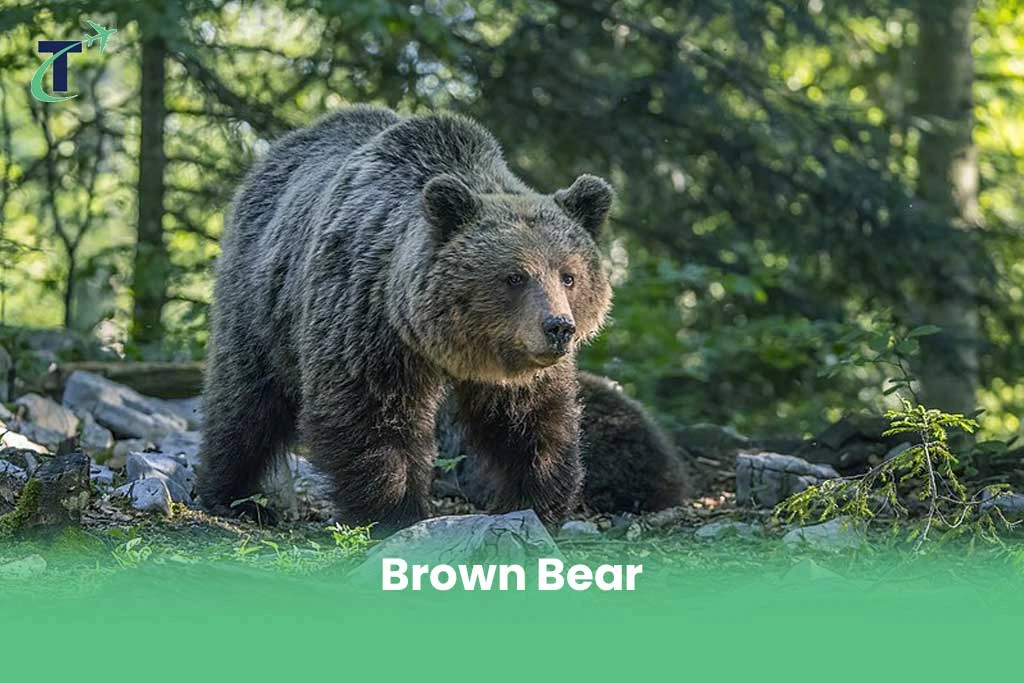
Sweden is home to a population of brown bears. These dangerous animals in Sweden are potent creatures, generally shy and reclusive, preferring to avoid human interaction.
It is crucial to stay calm if you encounter a brown bear and avoid startling or provoking. Give the bear plenty of space and slowly back away without turning your back.
It’s important to remember that bears are protected wildlife in Sweden, and disturbing or harming them is illegal.
· European Adder
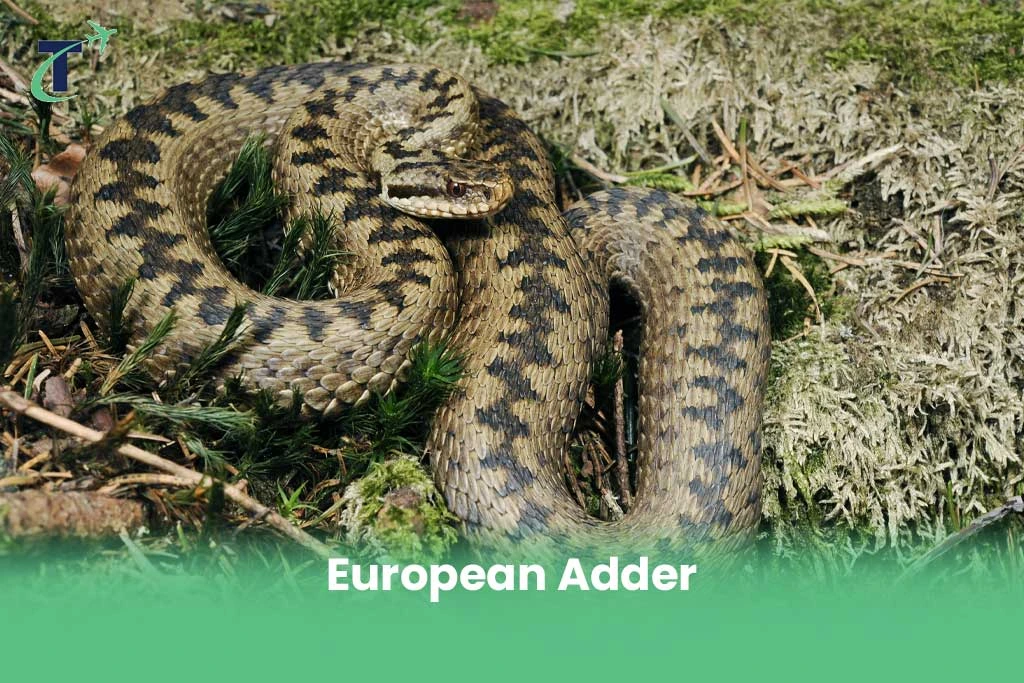
The European Adder is the only venomous snake found in Sweden that is a dangerous animal.
These snakes have distinctive zigzag patterns along their backs and can be encountered in forested and grassy areas.
While their bites are rarely life-threatening to humans, they can cause pain, swelling, and discomfort.
It’s crucial to avoid handling or disturbing adders to prevent potential bites.
If you come across an adder, give it space and observe it from a safe distance.
· Moose
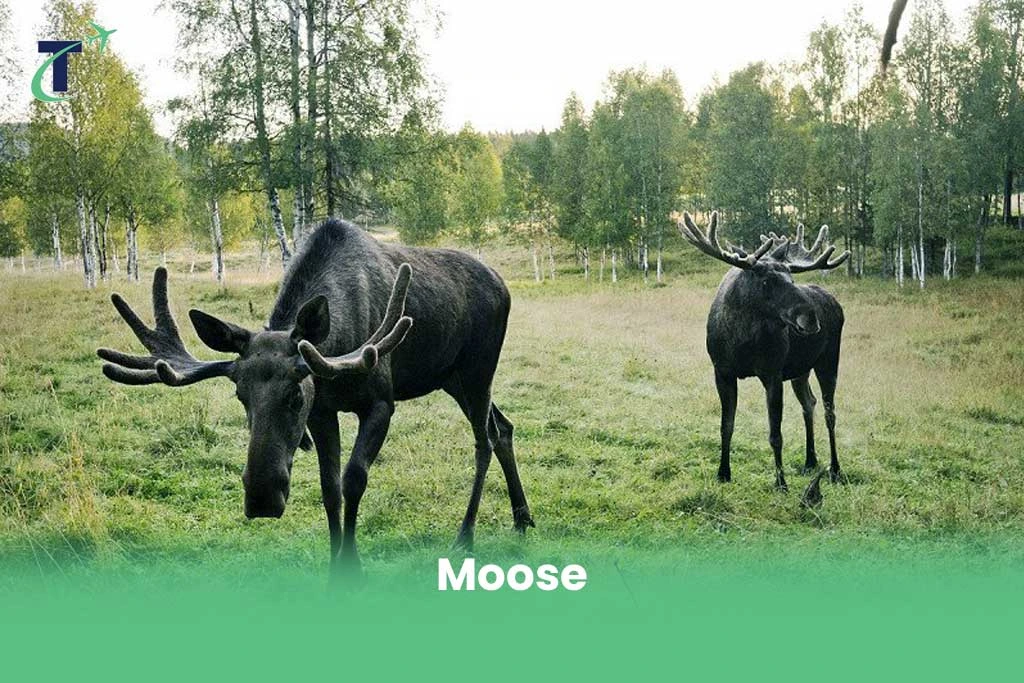
Moose, known as elk in Sweden, are iconic and dangerous animals in Sweden and the largest species of deer.
While they are generally peaceful animals, they can become aggressive if they feel threatened or if they are protecting their young.
It’s essential to give moose their space and avoid approaching them. Collisions with moose while driving can also be hazardous, especially during dawn and dusk when they are more active.
Pay attention to road signs warning of moose crossings and be cautious when driving in rural areas.
· Stinging Insects
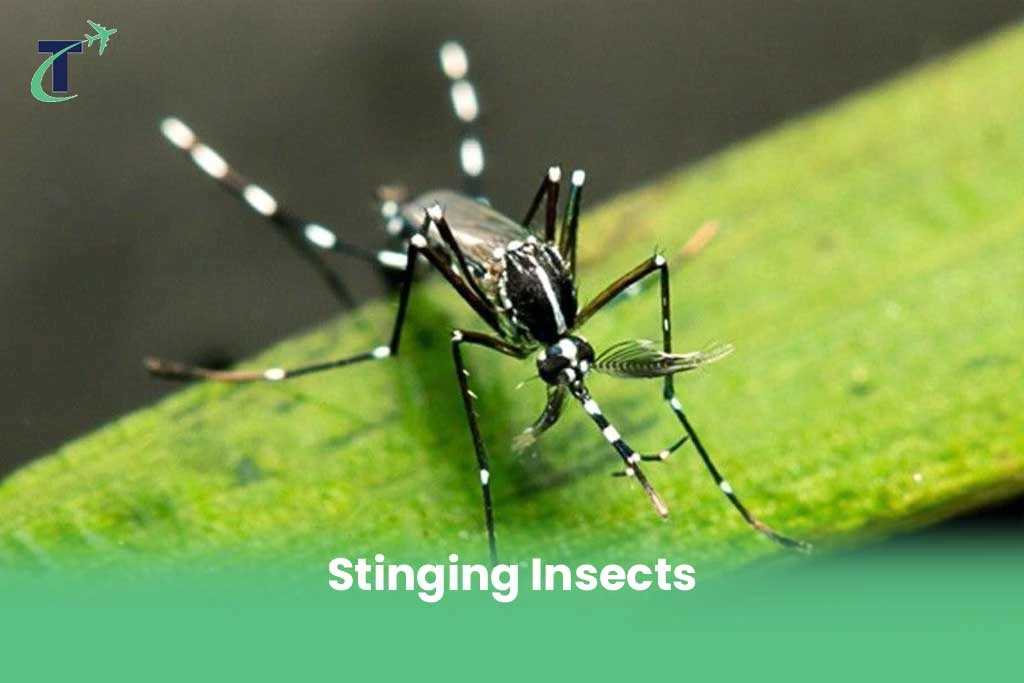
Sweden is home to various species of wasps and bees, some of which can deliver painful stings. It’s essential to be cautious around their nests or hives and avoid disturbing them.
If you’re allergic to insect stings, taking necessary precautions and carrying appropriate medication or an epinephrine auto-injector is advisable, especially if you plan to spend time in outdoor areas where these insects may be present.
So consider these dangerous animals in Sweden.
· Viperine Water Snake
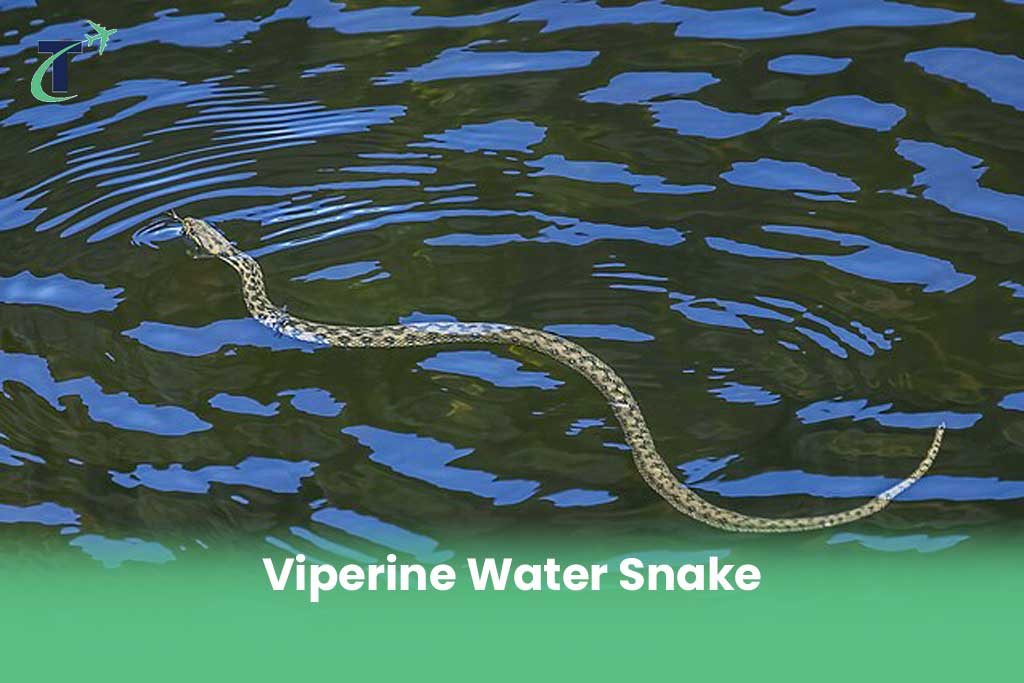
The other dangerous animal in Sweden is the Viperine Water Snake, a non-venomous snake found near bodies of water in southern Sweden.
While they are generally harmless to humans, they might bite if threatened or mishandled. It’s best to observe them from a distance and avoid trying to handle them to prevent any potential bites.
· Wolves & Martens
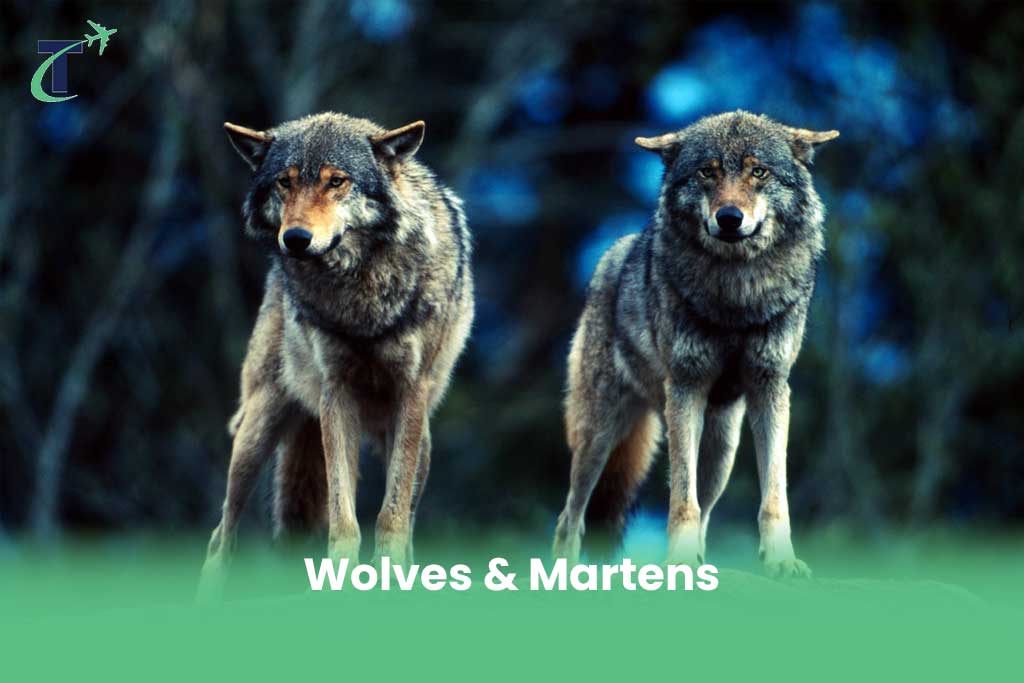
Wolves have returned in some areas of Sweden, particularly in the northern parts.
While they typically avoid humans and are not a threat to people, respecting their territory and avoiding approaching or disturbing them is essential because they can be dangerous animals in Sweden.
Wolves play a crucial role in the ecosystem and are a protected species in Sweden. On the other hand, Martens are small carnivorous mammals found in forests throughout Sweden.
While they are generally shy and not aggressive towards humans, they may defend themselves if threatened or cornered.
Remember, the chances of encountering these animals in Sweden are slim but not zero!
(+8) Safety tips for wildlife encounters in Sweden
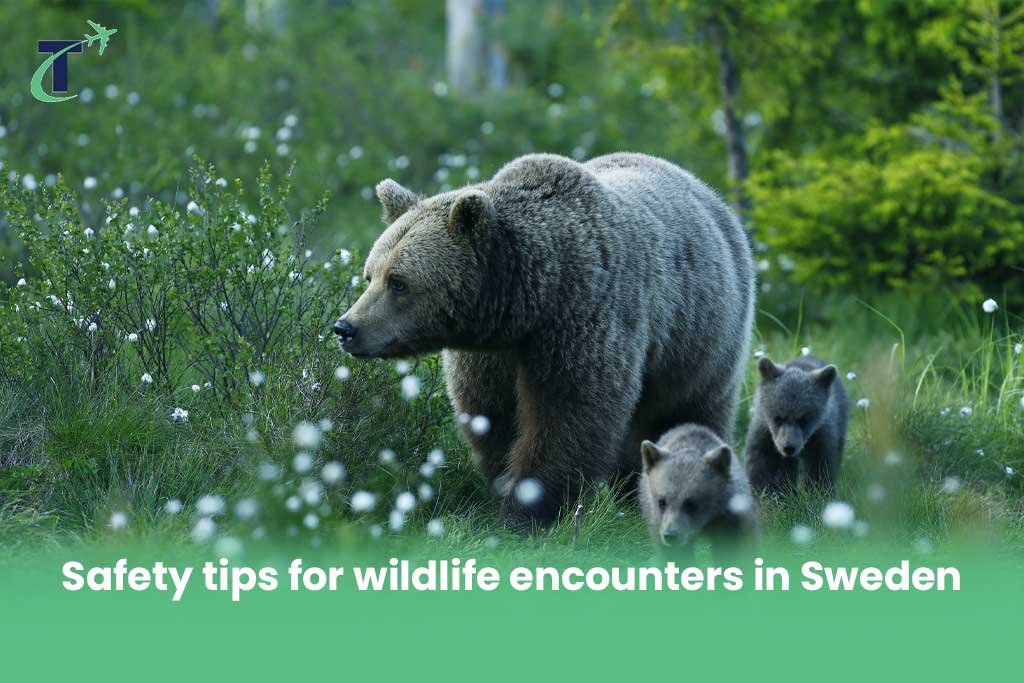
When exploring the remarkable wilderness of Sweden, it is essential to be aware of potential encounters with dangerous animals in Sweden and to prioritize safety.
Below are some essential tips to ensure a harmonious coexistence with the wildlife and dangerous animals in Sweden:
· Educate yourself
Immerse knowledge about the specific animals you plan to visit in Sweden’s region. Grasp their behaviors, habitats, and potential risks they may pose. Understanding their patterns can equip you with the necessary foresight.
· Maintain distance
Respecting the wild animals’ space is paramount. Always keep a safe distance and never attempt to approach or feed them. Admire them from afar, allowing them to continue their natural routines undisturbed.
· Make noise
As you venture through forests and trails, engage in creating noise. The sound will serve as an alert, notifying animals of your presence and minimizing the likelihood of surprising encounters.
· Campsite precautions
When camping in the wild, secure food properly and dispose of waste responsibly, by doing so, you prevent attracting dangerous animals in Sweden to your campsite and maintain a safe environment for all.
· Stick to marked trails.
Follow designated paths and trails while exploring the wilderness. Straying off can disrupt natural habitats and increase the chances of unintentional wildlife encounters.
· Carry bear spray
If your adventure takes you into bear-populated areas, equip yourself with bear spray and acquaint yourself with its proper usage. It can serve as a deterrent and provide a sense of security.
· Insect repellent
Protect yourself from ticks and mosquitoes using effective insect repellent and wearing suitable clothing, particularly in wooded areas—this preventive measure safeguards against potential health risks associated with insect bites.
· Stay calm and react appropriately.
Should you come face to face with a dangerous animal, remain calm and composed. Slowly back away while avoiding sudden movements. Running may trigger a chase response, so it’s crucial to maintain a steady and cautious demeanor.
Locations where dangerous animals in Sweden are living
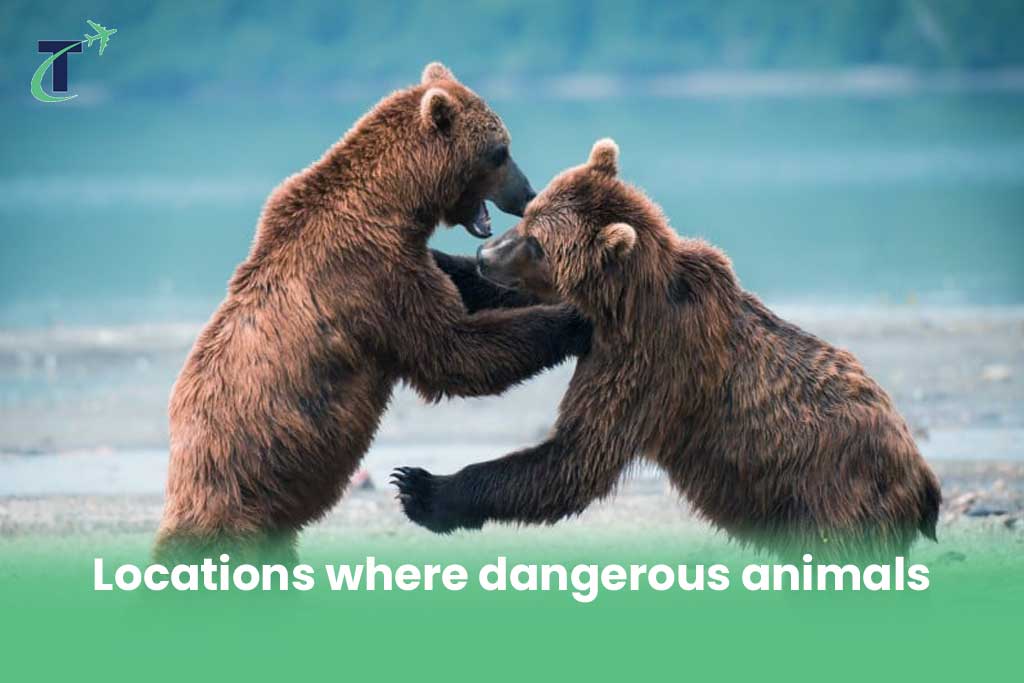
Sweden’s diverse landscapes provide habitats for various dangerous animals. These creatures can be found in specific regions throughout the country, adapting to their respective environments.
Some notable locations where these animals reside are listed below:
1. Forested regions
Wolves and bears are primarily found in the densely wooded areas of central and northern Sweden. These majestic predators roam the vast wilderness, utilizing the forest cover.
2. Wetland areas
The marshlands and wetlands of Sweden are home to the elusive moose, also known as elk. These large herbivores thrive in wetter regions with abundant vegetation and water sources.
3. Archipelagos & coastal areas
Marine dangers such as seals, jellyfish, and sharks can be encountered in Sweden’s coastal waters and archipelagos. It’s essential to exercise caution when swimming or engaging in water activities in these areas.
4. Grasslands & open spaces
Vipers and adders, venomous snakes in Sweden, are commonly found in open grasslands, meadows, and rocky areas. They prefer basking in the sun and often blend into their surroundings.
5. Wooded & residential areas
Urban and suburban regions may occasionally experience encounters with urban wildlife, including foxes, wild boars, and deer. These animals may venture into residential areas in search of food and shelter. So, understanding the geographical distribution of dangerous animals in Sweden is crucial for residents and visitors.
Final words
While it’s generally a safe destination for tourists, it’s essential to be aware of certain dangerous animals in Sweden that could pose a danger.
The Eurasian Lynx, Brown Bears, European Adders, Moose, stinging insects, Viperine Water Snakes, Wolves, and Martens are notable species to be cautious around.
However, it’s crucial to remember that encounters with these animals are rare, and most almost always prefer avoiding human interaction.
By respecting their habitats, maintaining a safe distance, and following appropriate precautions, you can enjoy a safe and memorable experience exploring the beautiful natural landscapes of Sweden.
Embrace the chance to appreciate the country’s diverse wildlife while ensuring your well-being and the preservation of these remarkable species.
So, let’s see your ideas about the dangerous animals in Sweden.
Did you have any experience in this case?
Share all you know that help our readers in the comment box.

